Affiliate links on Android Authority may earn us a commission. Learn more.
Forgiving flaws: our favorite (yet imperfect) Android devices of all time
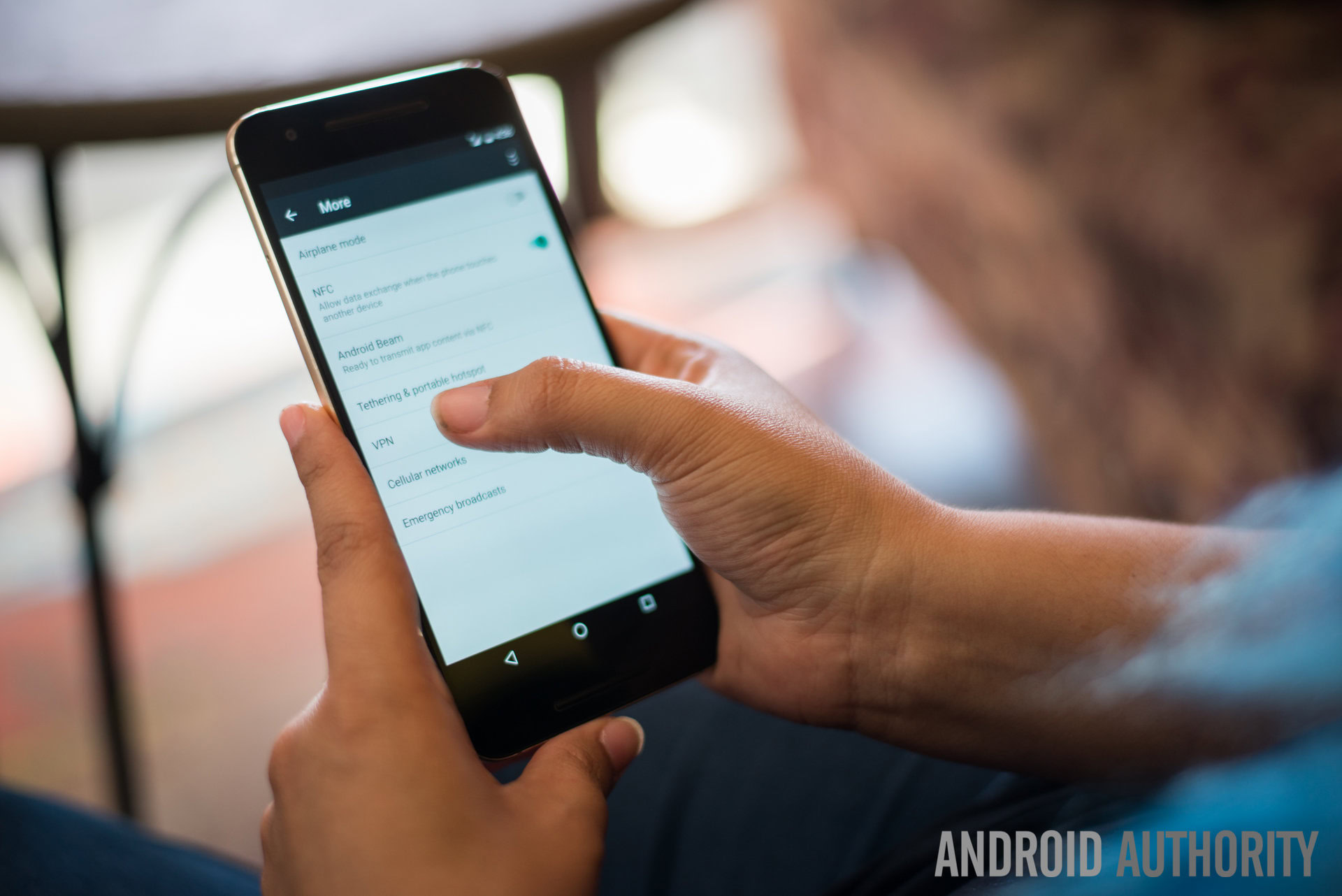
In the last year or so, Android phones have really hit a high-point where there’s very little to complain about anymore. Sure, we can still get upset that a phone doesn’t have a 3.5 mm headphone port, or that it doesn’t use true USB Type-C or that it isn’t fully waterproof, but the basics are so solidly in check these days that every flagship phone is basically “good enough”.
But what about the phones that came before? The ones that had more issues than we care to remember, but that we hold dearly in our memory anyway? I set out to discover what the favorite Android phones of all time were, even with all of their flaws.
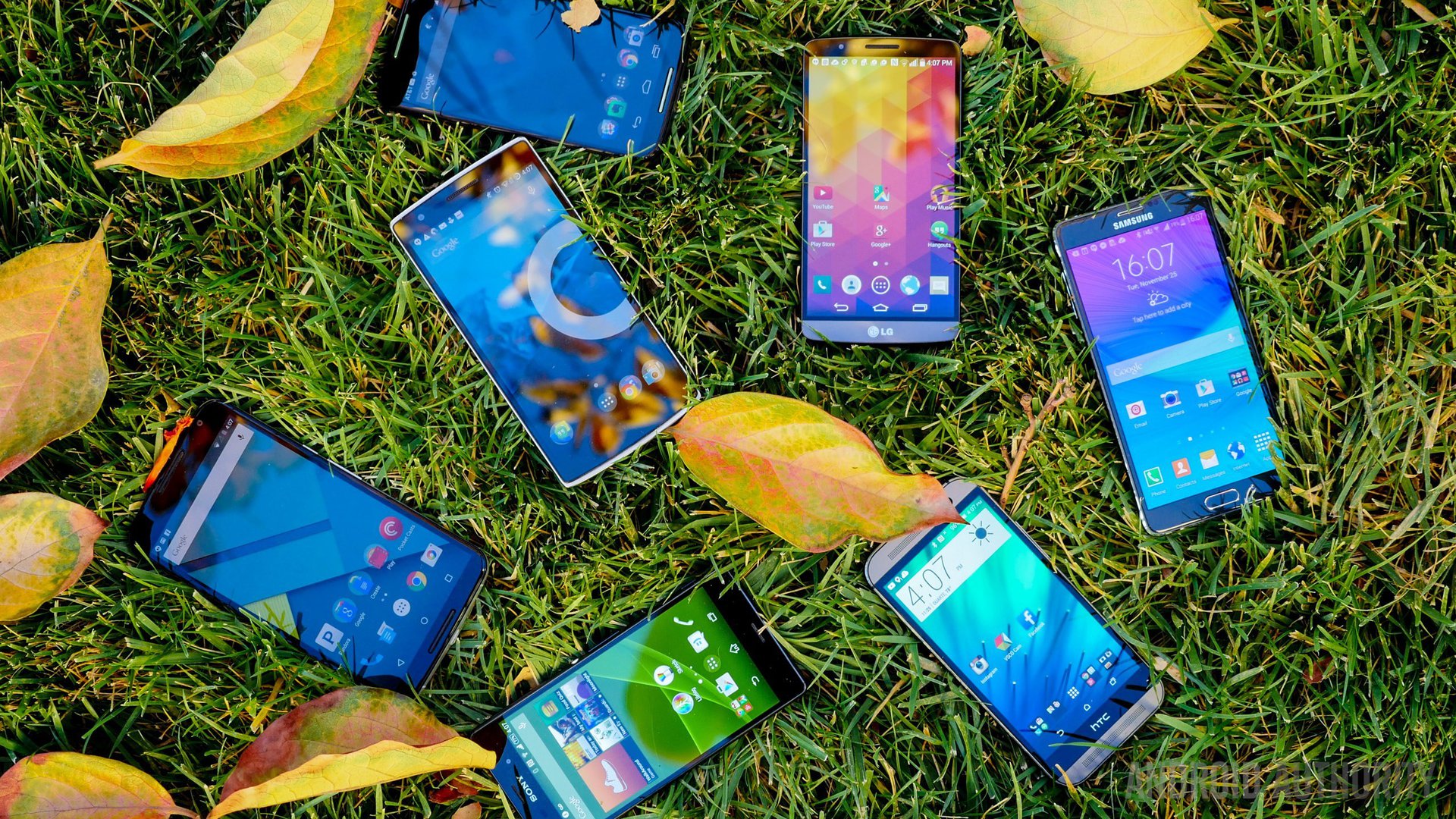
I decided to ask a few members of the Android Authority team what their all-time favorite Android phone was and why. But I also wanted them to tell me about it’s flaws: those things that drove them nuts about it but that they invariably forgave because its charms were just too great. You know the kind of phone I’m talking about. Have a read of these blasts from the past and add your own favorites to the comments.
For me, it was the venerable Nexus 5
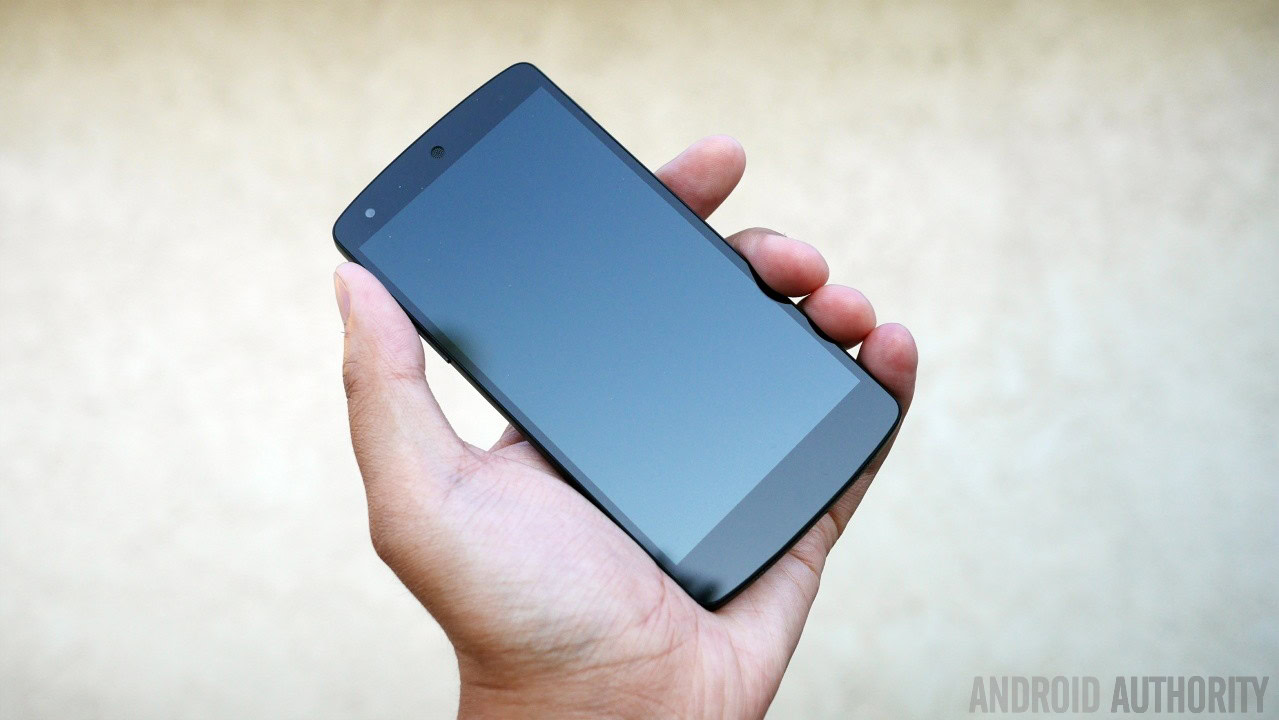
But the speaker was a joke, good only for collecting pocket lint, the camera was barely usable out of the box (patched later with software updates) and the battery life… Man, don’t get me started on the battery life. No one ever bought a Nexus 5 for its battery.
The speaker was a joke, the camera was barely useable out of the box and no one ever bought a Nexus 5 for its battery.
How a phone that completely dropped the ball on one of the most critical smartphone features could ever have become so popular is beyond me. But somehow, through that indescribable spark of magic the Nexus 5 retains to this day, you forgave having to plug it in at every available opportunity. Because it was just that good, and still largely is. Speed, price, updates, form factor: the Nexus 5 just hit so many nails on the head you happily forgave it’s biggest flaws.
Bogdan Petrovan – Samsung Galaxy S2
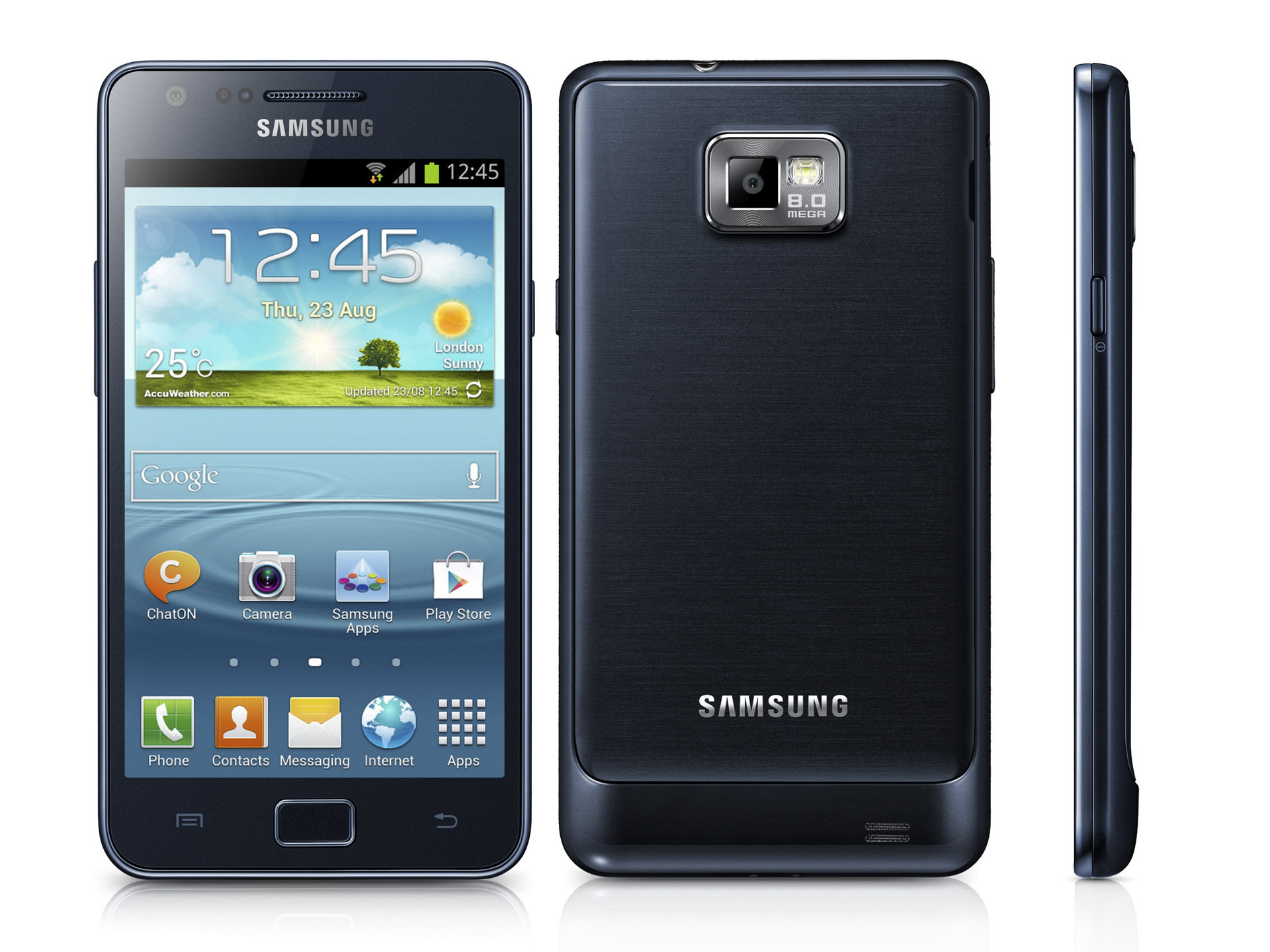
The Galaxy S2 was not a big hit like the Galaxy S3, but it was the first phone that showed that Samsung had the potential to be great. It was also the first smartphone that I owned, and, to this day, it remains my favorite. Only the Nexus 5 comes close.
So, why is the Galaxy S2 my big love? Probably because it was the first. Jumping from a basic phone (though my old Nokia E50 was very smart) to a smartphone was eye-opening. The huge screen (4.3-inch!), the OLED screen, the performance (for the time), and above all, the wide open world of Android. I just loved it. It was my precious.
By the time I gave up on it, the Galaxy S2 only seemed fast and smooth if you had nothing to compare it against.
Sure, the Galaxy S2 had its quirks. It had its character flaws. By the time I gave up on it, it was struggling to keep up with the times. I could measure the battery life in hours on one hand – I bought a replacement battery, but that didn’t help much – and the phone only seemed fast and smooth if you had nothing to compare it against.
When I replaced it with a Nexus 5, the Galaxy S2 was outdated. But it was probably still “good enough,” and I think that the person I eventually sold it to got at least a year of solid use out of it. And I got a good lesson: you don’t need the latest and greatest to truly enjoy a device.
Don’t miss: A complete history of Samsung’s Galaxy S series
Joshua Vergara – HTCDroid Incredible
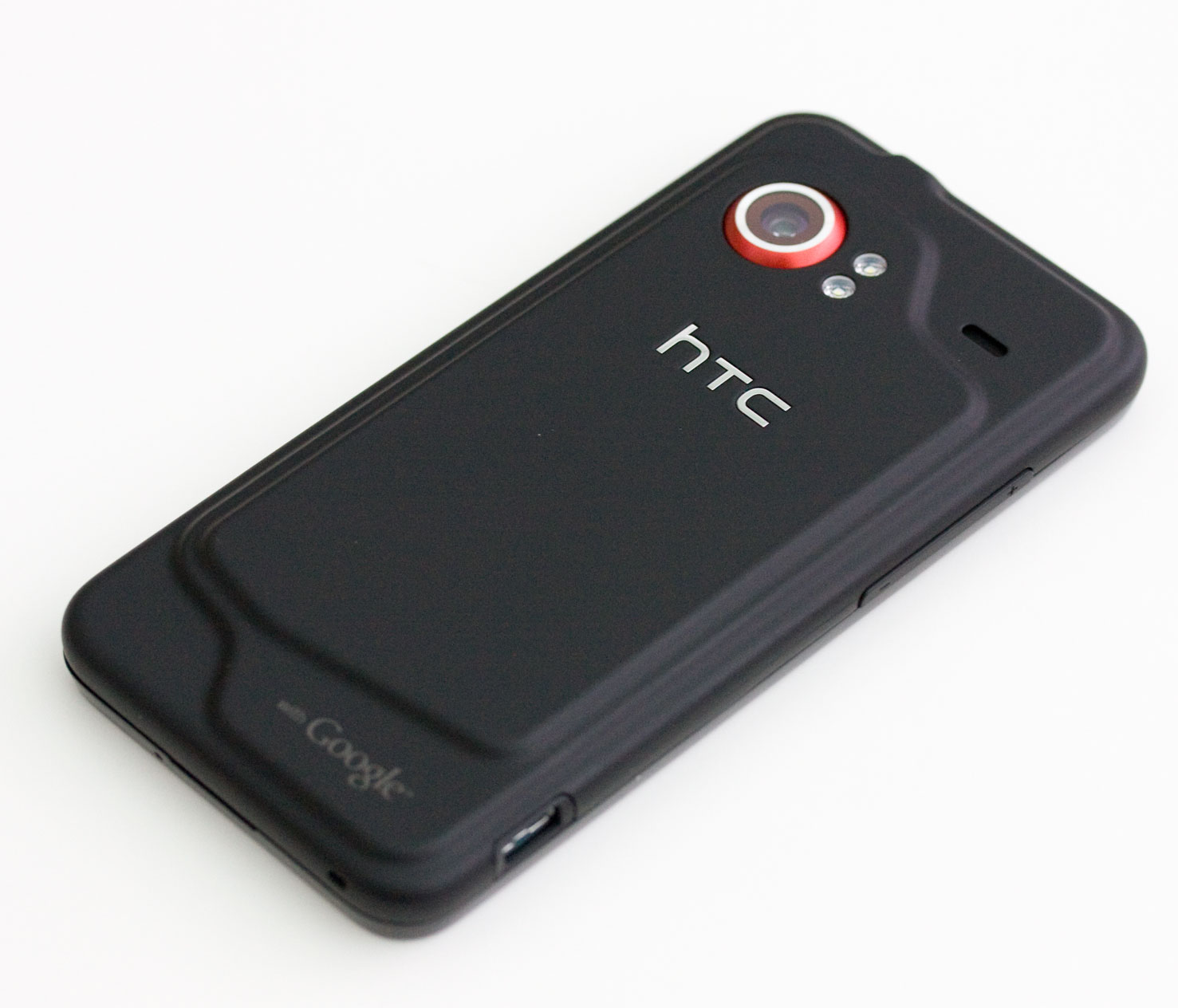
The most memorable phone during my college years (and, indeed, ever since) is definitely the HTC Droid Incredible. This phone was only available on the Verizon network, and that quite literally colored that device. Complete with a matte black finish and hot-rod red accents, HTCknocked the design of the Incredible out of the park. Before metal as the default way to go, the Droid Incredible was able to marry plastic, sleek color, and build quality into one accessible device.
The size of the HTCDroid Incredible used to be one of its best features, but nowadays it is almost comically small.
Granted, the size of this phone used to be one of its best features, but nowadays it is almost comically small. Performance was exactly where it needed to be at the time. My most vivid app memory of the phone was the release of Netflix on mobile. I remember watching all of Battlestar Galactica on the phone between classes, with the only slowdown coming due to the network.
Software was also very open on the Incredible, as it was one of the many phones HTCkept open enough for easy rooting. Rooting the Incredible was simple and opened up a world of future possibilities. In a lot of ways, the work I did on the HTCIncredible educated me and prepared me for what I do now!
And the best part – looking back, I don’t remember anyone else having the Droid Incredible. As a person that craves exclusivity, this makes the phone feel that much more special.
Andrew Grush – Nexus 4
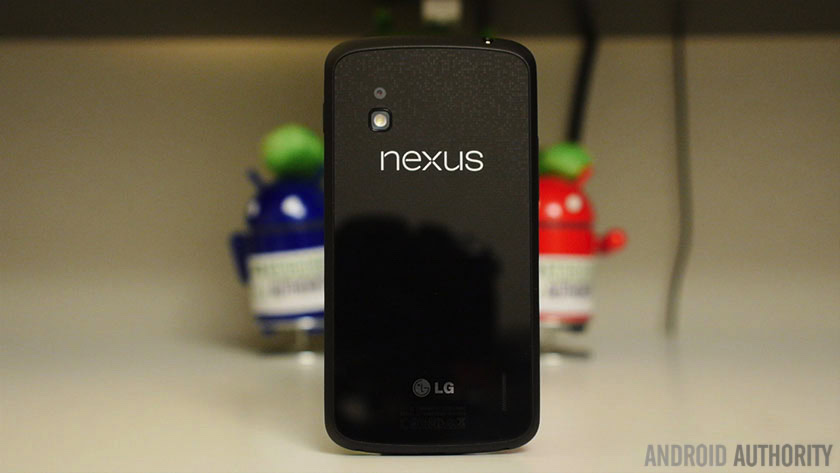
The Nexus 4 had some pretty big flaws, including a paltry base storage option of 8GB, which even in 2012 was just too little without microSD. There was also the lack of LTE, which wasn’t a deal-breaker, but it would have been nice to have out-of-the-box LTE support. The biggest issues with the Nexus were the camera and the battery, just like pretty much every Nexus until the most recent crop.
The biggest issues with the Nexus 4 were the camera and the battery, just like pretty much every old Nexus.
Starting with the camera… Let’s just say it made the Nexus 5’s camera seem amazing by comparison. It was possible to take reasonably good images in perfect light, but that was the exception, rather than the rule.
As for battery life? Even with managing brightness aggressively, you were looking at a battery that just couldn’t make it through a whole day unless you were a super light user of your phone. This was especially true if you used things like GPS, which would drain the juice at lightening fast speeds.
Despite its flaws, I loved my Nexus 4. It was beautiful (subjective I know), fast, and came at a time when pure Android was rapidly improving and adding new, useful refinements. Nowadays, I split my time between a HUAWEI P9, Nexus 6P, and a Galaxy S7 Edge – but I’ll never forget the little Nexus that could.
Joe Hindy – HTCEVO 4G
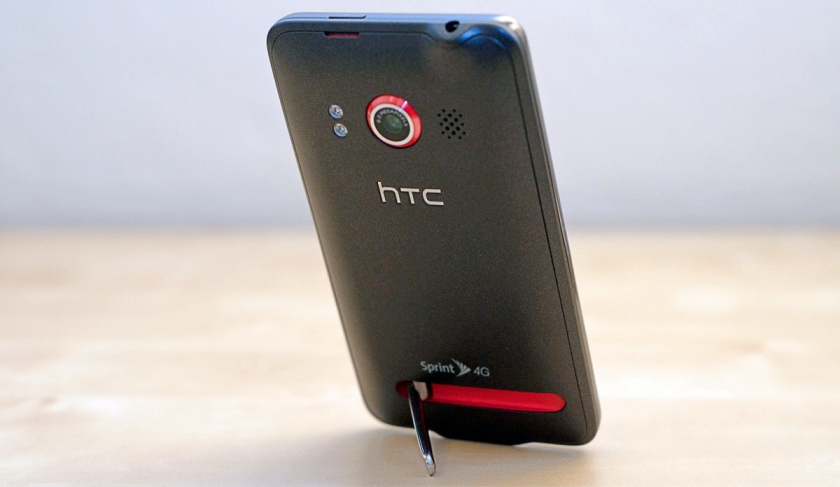
While I believe currently that the LG V10 is the best phone ever made, I think perhaps my favorite old-timey phone out there is the HTC EVO 4G. The phone was the whole package at the time. A big screen, a kickstand, expandable storage, 4G data, and it got a quick update to the latest Android at the time which was Android FroYo.
In a world of 3.5-inch, 3G devices, the EVO 4G was big and it was fast. Even its root and ROM community was among the largest of any phone, which made it a toy capable of endless fun as well as a tool for daily life.
The front facing camera was there just so HTCcould list it as a feature because it was fairly awful.
It wasn’t without its problems, though. Its single-core processor and 512MB of RAM did their best, but using more than a few apps at a time caused the phone to stutter, lag, and occasionally even lock up if you were heavily multi-tasking. On top of that, the camera was mediocre and the front facing camera was there just so HTCcould list it as a feature because it was fairly awful.
The battery lasted 12-14 hours if you were lucky and a midday charging was usually required. On top of all of that, it was at the end of the single-core smartphone era and even larger, more powerful dual-core devices would render the EVO totally obsolete by a country mile less than a year later.
Don’t miss: A history of HTCsmartphone design
Lanh Nguyen – Moto X
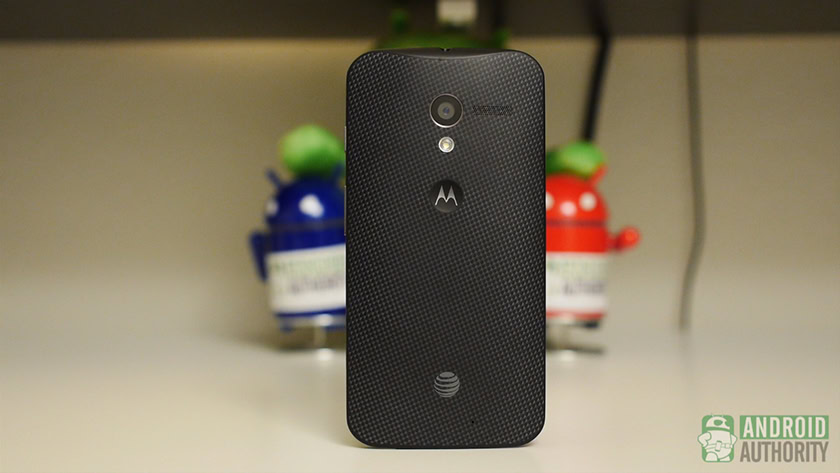
My favorite Android phone of all time has to go to the Moto X. I’m talking about the OG Moto X from 2013, a phone I still have to this day. This phone was the start of a new era for Motorola and it was the first smartphone Motorola produced under the helm of Google. In a time where phones were getting larger and larger, Motorola decided to go in the opposite direction and made a phone that was small and compact.
Motorola kept things as close to stock Android as possible with some of the most useful added features we've ever seen.
I loved how easy it was to use in one hand, the way it looked, and how clean the user experience was. Motorola kept things as close to stock Android as possible but they introduced some features like Moto Display and Moto Actions that were some of the most useful features we’ve ever seen in a smartphone (and still are to this day).
This was also the phone that gave birth to MotoMaker. MotoMaker gave us the ability to customize the phone and truly make it our own. This level of customization had never seen before and it was exciting to see something that was so fresh and new, especially in the smartphone industry where things can become cookie cutter rather quickly.
Everything about the original Moto X was decidedly mid-range, even though it was Motorola’s flagship.
However, the phone wasn’t without it’s flaws. It didn’t have specs to compete with other flagships. Everything about it was decidedly mid-range even though it was Motorola’s flagship.
The screen was 720p and too small for most, it had an all plastic build, and the camera was one of the worst cameras we’ve ever seen on a smartphone. I remember it was so bad I never shared half the photos I took to social media because I was never satisfied with how they looked.
Despite all this I still enjoyed using it and the Moto X was the first phone in a long time that I could actually get behind from Motorola. While this era of Motorola may have deteriorated now, it’s definitely a smartphone that I’ll always remember and consider a classic.
Nirave Gondhia – Galaxy Note 4
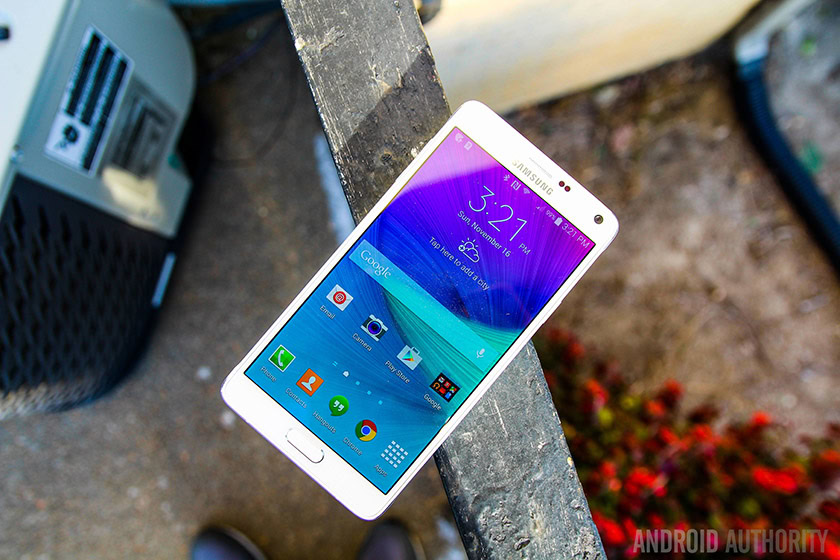
Without doubt, the Galaxy Note 4 is one of my favorite smartphones pre-2015. In an era where smartphones were full of compromise, this was the first phone that – in my opinion at least – got everything right. From a thin design and great build to fantastic display and impressive camera, the Note 4 ticked a lot of boxes, apart from one major one: software.
It’s no secret that Samsung’s TouchWiz user interface is polarizing at best. Despite being a TouchWiz user for many years, the software on the Galaxy Note 4 definitely left me wanting. Since the Galaxy S6, Samsung has revamped its TouchWiz interface but the Note 4 was the last to run their extremely bloated interface. On top of that, poor battery life, performance lag and a lot of bloat were all common place.
The Note 4 had an extremely bloated interface with poor battery life and performance lag.
Yet despite the poor software and the knock-on effect it had on performance, the Note 4 is still one of the best smartphones ever released. As the last smartphone of Samsung’s pre-glass era, it will always be one of my favorite devices, principally as it was the first Android smartphone with a camera that was actually excellent.
What did we miss? What is your favorite flaw-filled Android phone ever?